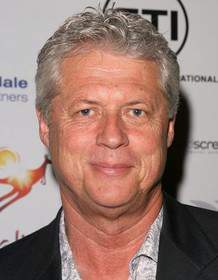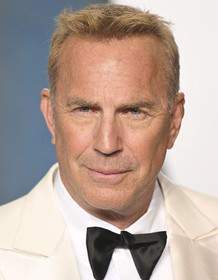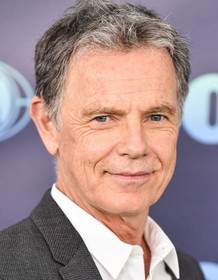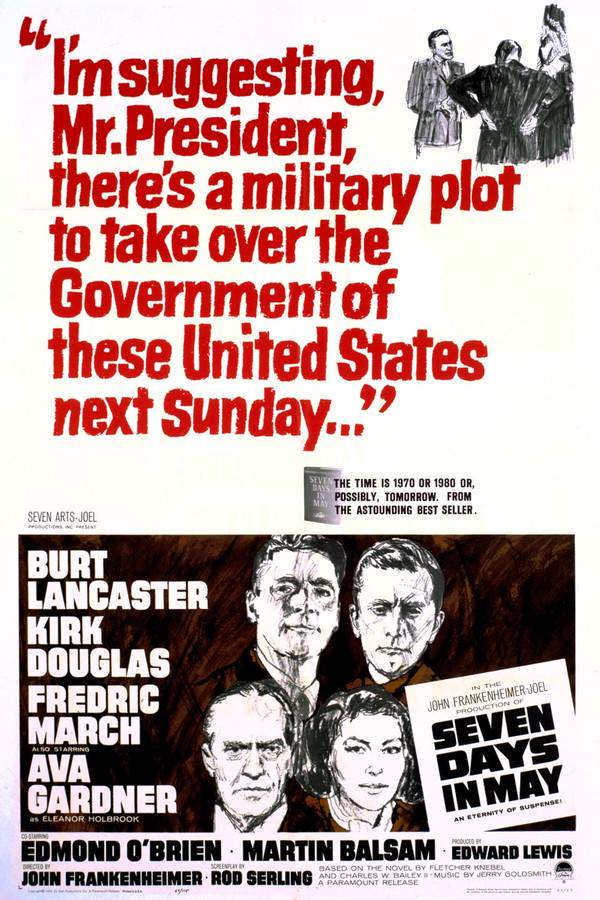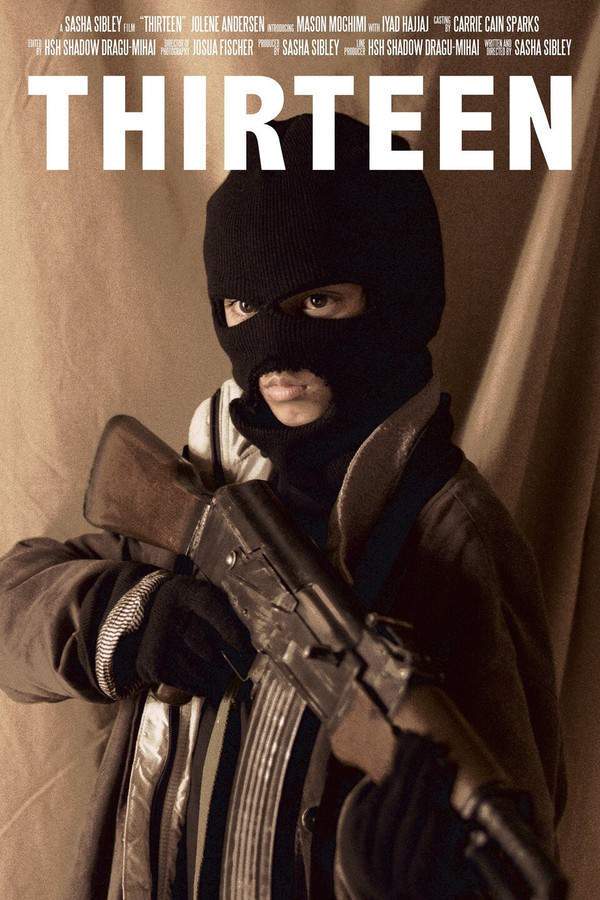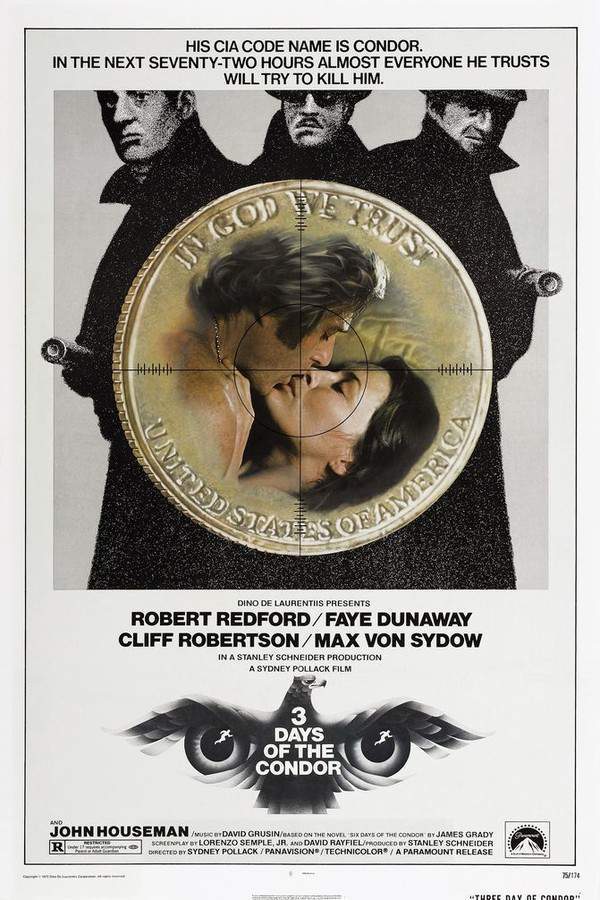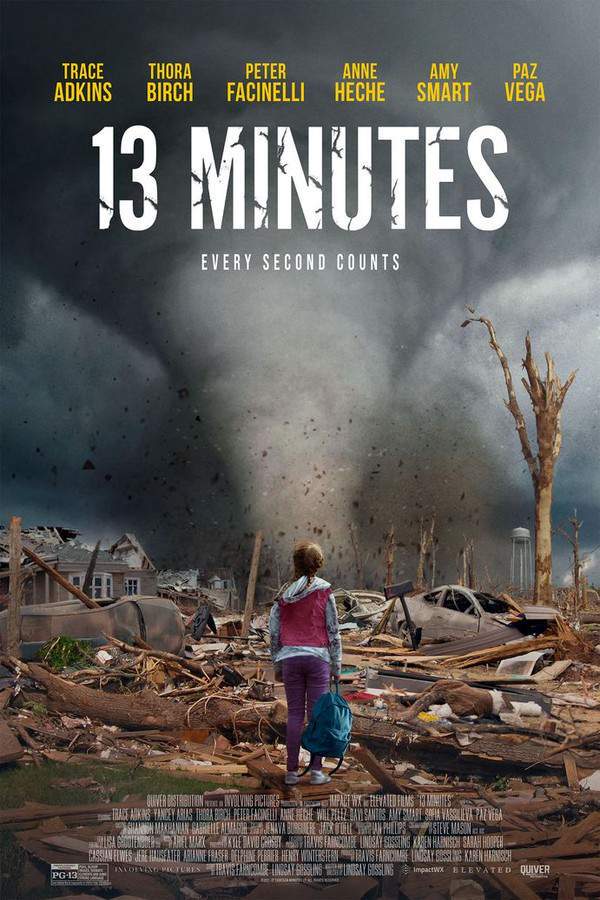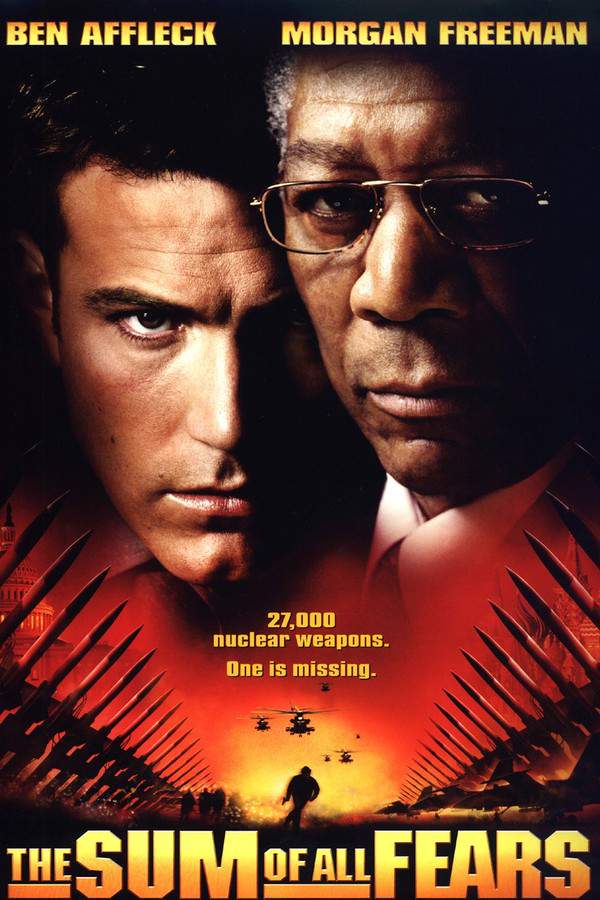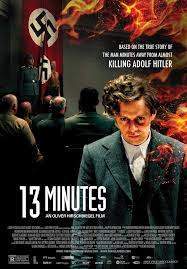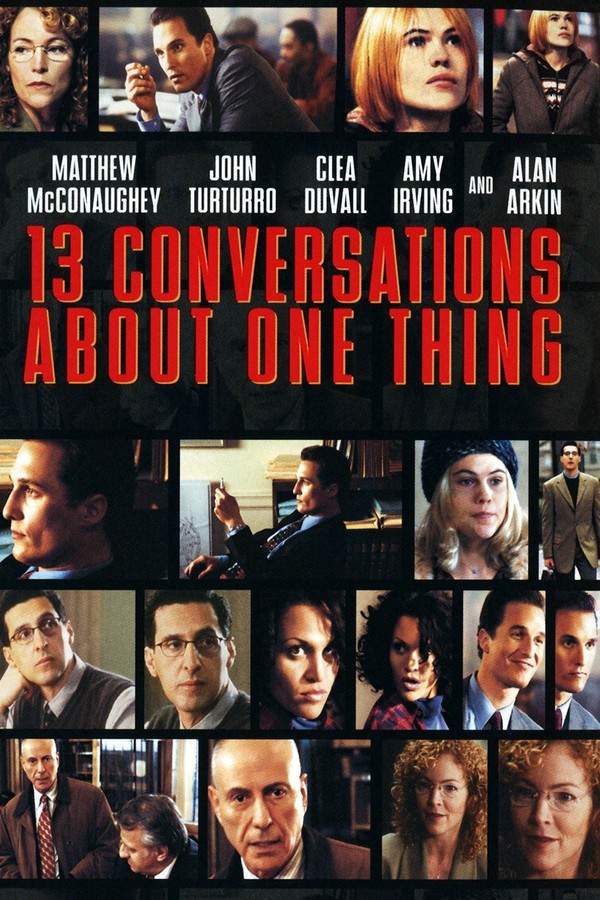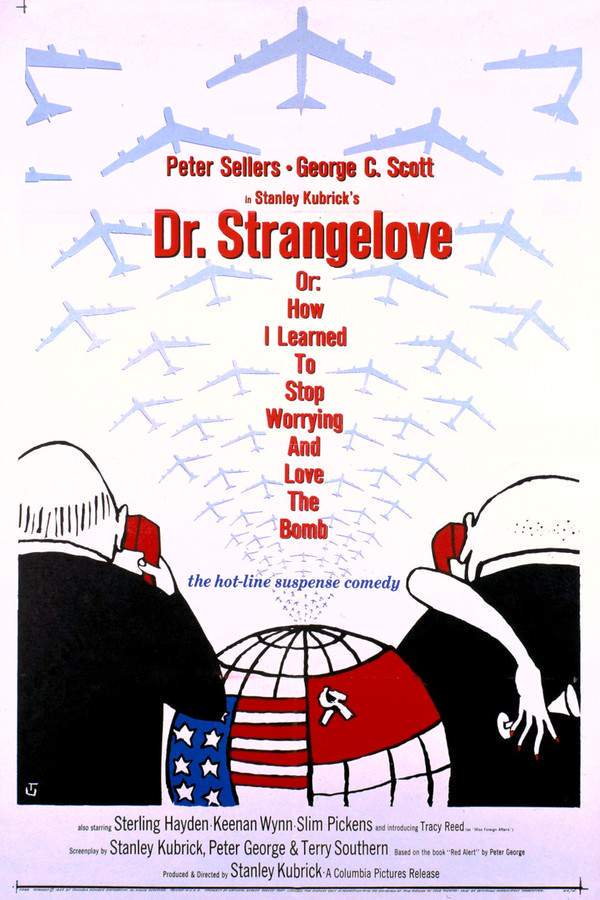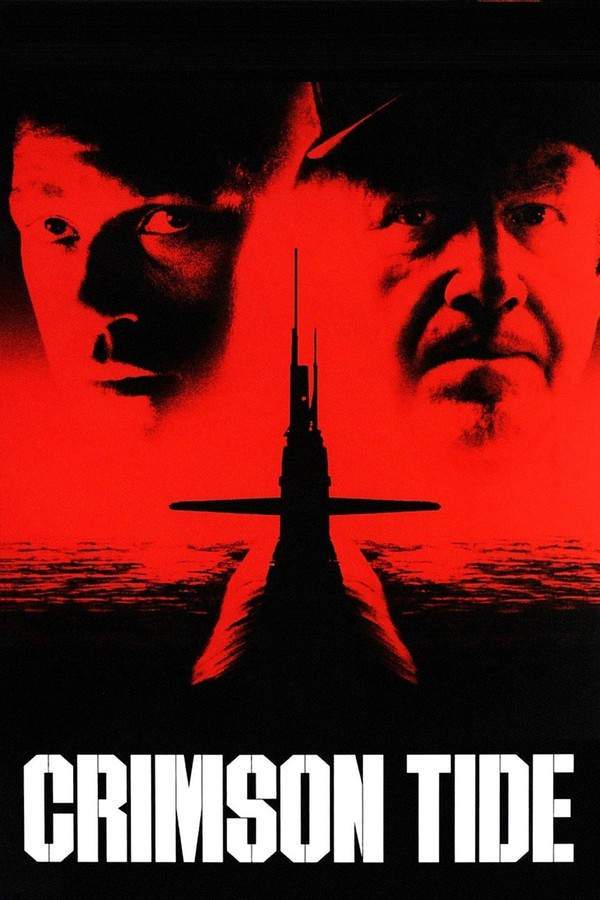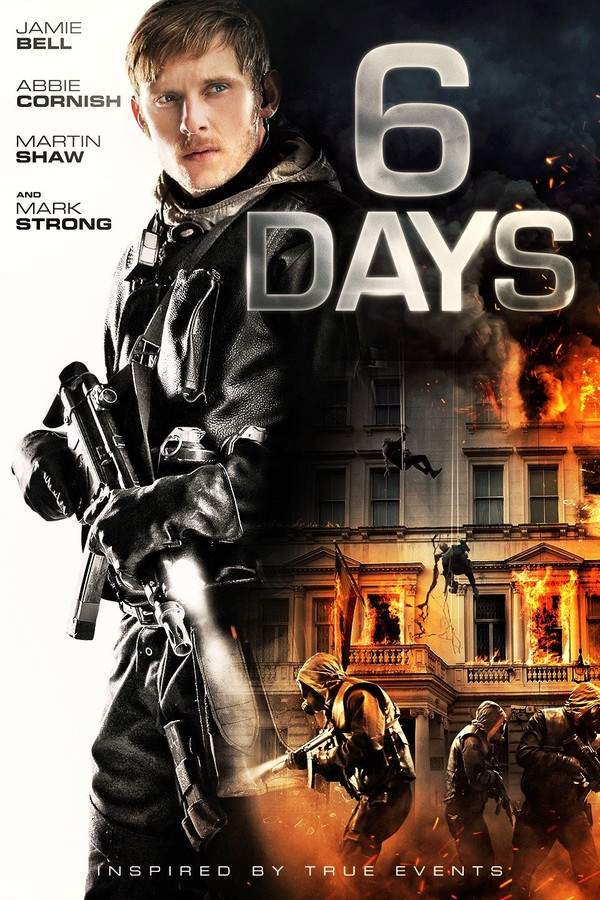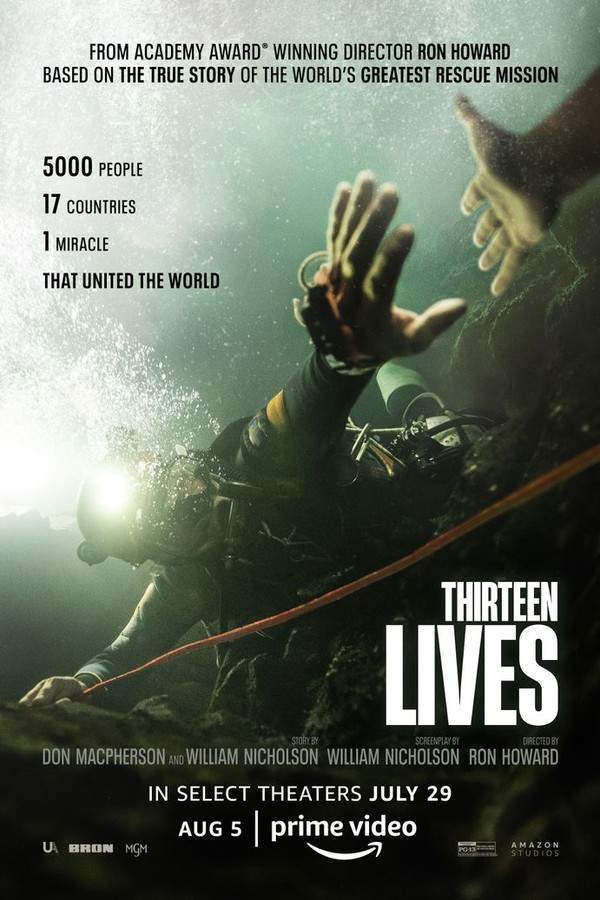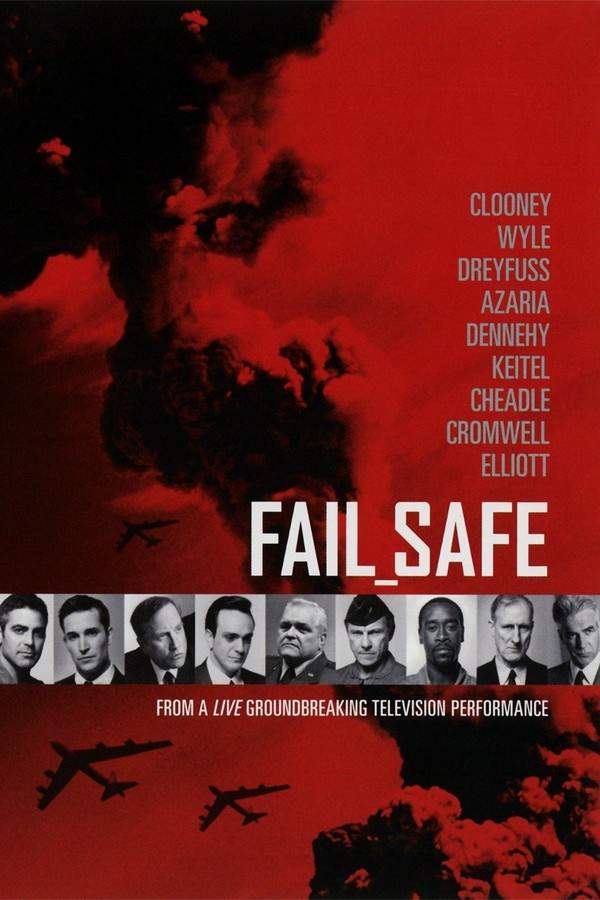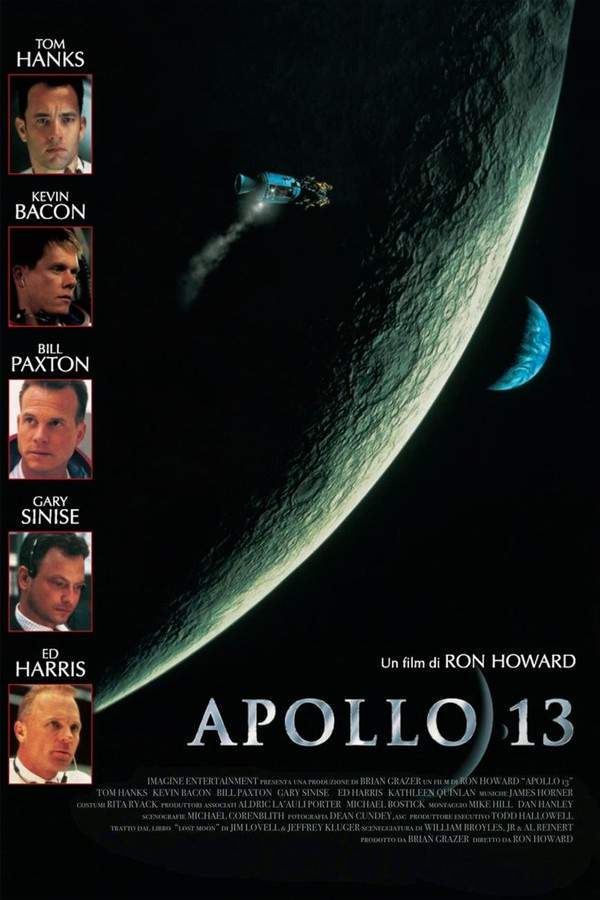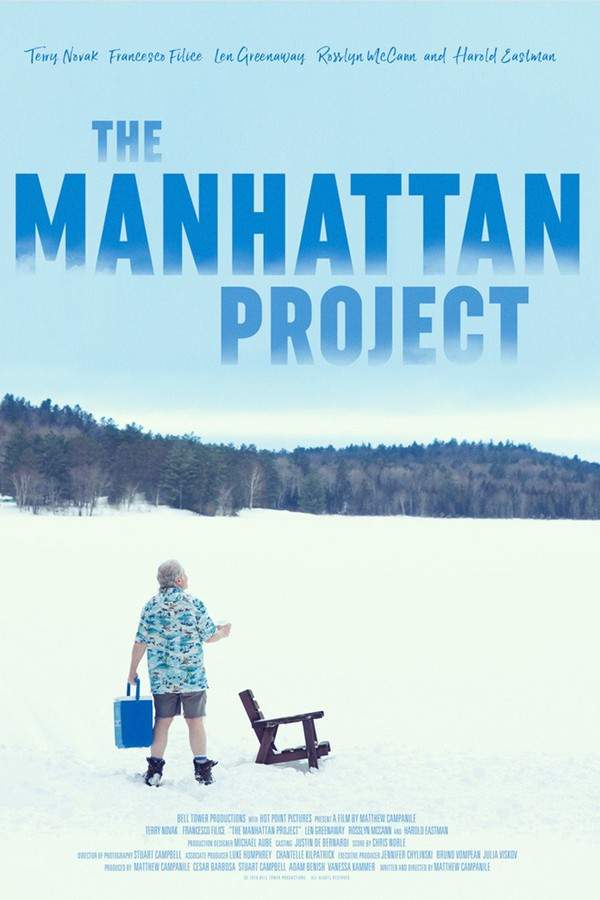Thirteen Days 2000
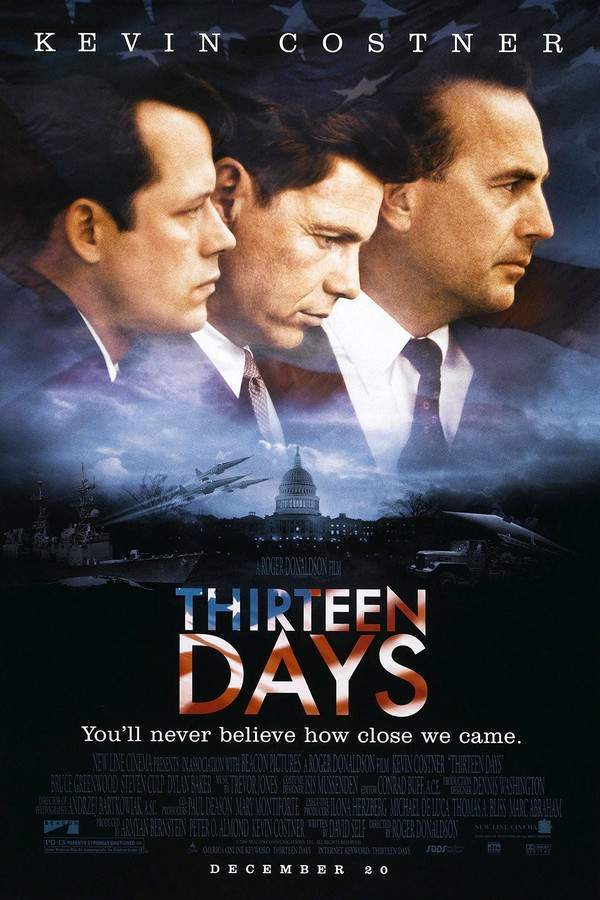
In October 1962, the United States and the Soviet Union faced off in a tense confrontation that brought the world to the brink of nuclear war. Thirteen days capture the high-stakes drama as President John F. Kennedy and his advisors grapple with the discovery of Soviet missile sites in Cuba. Facing immense pressure, they must find a way to avert disaster and prevent a catastrophic conflict that could have devastating consequences for all of humanity. The world watches as diplomacy and military strategy collide in a race against time.
Does Thirteen Days have end credit scenes?
No!
Thirteen Days does not have end credit scenes. You can leave when the credits roll.
Meet the Full Cast and Actors of Thirteen Days
Explore the complete cast of Thirteen Days, including both lead and supporting actors. Learn who plays each character, discover their past roles and achievements, and find out what makes this ensemble cast stand out in the world of film and television.
External Links and Streaming Options
Discover where to watch Thirteen Days online, including streaming platforms, rental options, and official sources. Compare reviews, ratings, and in-depth movie information across sites like IMDb, TMDb, Wikipedia or Rotten Tomatoes.
Ratings and Reviews for Thirteen Days
See how Thirteen Days is rated across major platforms like IMDb, Metacritic, and TMDb. Compare audience scores and critic reviews to understand where Thirteen Days stands among top-rated movies in its genre.

67
Metascore
7.3
User Score


%
TOMATOMETER

0%
User Score

70
%
User Score
Take the Ultimate Thirteen Days Movie Quiz
Challenge your knowledge of Thirteen Days with this fun and interactive movie quiz. Test yourself on key plot points, iconic characters, hidden details, and memorable moments to see how well you really know the film.
Thirteen Days Quiz: Test your knowledge on the Cuban Missile Crisis depicted in 'Thirteen Days'.
What critical event prompted the meeting of President Kennedy's advisors?
Full Plot Summary and Ending Explained for Thirteen Days
Read the complete plot summary of Thirteen Days, including all major events, twists, and the full ending explained in detail. Explore key characters, themes, hidden meanings, and everything you need to understand the story from beginning to end.
As the autumn of 1962 arrived, a wave of intense revelations unfolded on the global diplomatic stage. Aerial surveillance conducted by U-2 spy planes uncovered the Soviet Union’s secret endeavors to position intermediate-range ballistic missiles armed with nuclear warheads in Cuba. Faced with this critical threat, President John F. Kennedy (Kevin Costner) and his close-knit team of advisors were charged with the monumental task of devising a response that could thwart the activation of these powerful weapons without igniting a full-scale war.
In their determination to assert the United States’ steadfast resolve against any missile aggressions, Kennedy’s administration convened an urgent meeting to explore various courses of action. The Joint Chiefs of Staff strongly proposed swift military strikes against the missile sites followed by a total invasion of Cuba—a strategy fraught with the peril of Soviet retaliation and the looming threat of a global conflict.
However, Kennedy hesitated to embrace such aggressive measures, fully aware of the imaginable catastrophic aftermath. Drawing on historical lessons from The Guns of August, he acknowledged the dangers of outdated tactics leading to disastrous outcomes, as had transpired before World War I. This time, however, the stakes were much higher, with the potential for nuclear catastrophe hanging in the balance.
As tensions rose, the Kennedy administration aggressively sought a resolution that could defuse the missile threat sans brute force. They dismissed the idea of imposing a blockade—an act perceived as a declaration of war—instead opting for a strategy termed “quarantine.” According to this plan, U.S. naval forces would intercept any ships attempting to breach Cuban waters, meticulously inspecting them for arms destined for Cuba while ensuring adherence to international law.
The response from the Soviet Union was ambiguous, with some ships retreating from the quarantine, appearing to concede ground. Challenges to the standoff intensified, leading Secretary of State Dean Rusk to assert, > “We’re eyeball to eyeball and I think the other fellow just blinked.” As the impasse continued, Kennedy’s advisors diligently worked behind the scenes to keep spy plane operations under wraps, mandating radio silence and discouraging any reports of hostile engagement. With global peace hanging by a thread, the fate of Cuba, the U.S., and world security was perilously precarious.
As these geopolitical tensions simmered, ABC News correspondent John A. Scali found himself in the thick of a secret diplomatic initiative. Soviet “emissary” Aleksandr Fomin reached out to Scali, marking the beginning of a discreet dialogue that would be crucial in diffusing the Cuban Missile Crisis. Over a series of veiled communications, the Soviets offered to withdraw their missiles from Cuba in exchange for U.S. assurances that they would not invade the island. This communication, supposedly from Soviet Premier Nikita Khrushchev, was followed by a second, more aggressive message tying the removal of U.S. missiles in Turkey to the withdrawal of Soviet arms. Misinterpretations by the Kennedy administration led them to respond only to the initial, more favorable overture.
In the midst of this high-stakes chess match, the Pentagon embarked on incredibly risky maneuvers that raised the stakes significantly. Unbeknownst to Kennedy, Strategic Air Command elevated its preparedness status to DEFCON 2, dangerously close to war readiness. Simultaneously, a nuclear test named Bluegill Triple Prime was executed as planned, and a routine missile launch proceeded without the President’s awareness. Such oversights compounded the sense of urgency enveloping diplomatic efforts, casting a shadow over attempts to avert catastrophe.
With war looming larger, President Kennedy (Kevin Costner) anticipated a critical stall in hostilities, initiating preparatory strikes on Cuban missile installations while faced with relentless military urging to proceed with an assault within days. In a valiant attempt to preserve peace, he sanctioned a reconnaissance mission, dispatching a U-2 spy plane to collect vital intelligence on Cuba’s military infrastructure. Tragedy struck when the plane was downed, resulting in the death of its pilot, Rudolf Anderson, serving as a stark reminder of war’s potential consequences.
In a series of fraught discussions with his Executive Committee of the National Security Council, Kennedy meticulously weighed his options. He ultimately resolved to take one last leap of faith toward peace, sending his brother, Robert F. Kennedy, to engage with Soviet Ambassador Anatoly Dobrynin in a seemingly hurried quest for common ground. Their interaction was marked by urgency and underlying distrust as they conducted a delicate diplomatic ballet.
Bobby laid out the U.S. requirement for the Soviets to dismantle their missile capabilities in Cuba while assuring there would be no U.S. invasion. In response, Dobrynin demanded the removal of American Jupiter missiles from Turkey, perceived as a direct threat to Soviet security. In a stance laden with resolve, Kennedy’s envoy proposed a compromise: if the Soviets withdrew their missiles from Cuba, the U.S. would quietly dismantle its outdated Turkish missile sites within six months.
The stakes were high, yet the Soviets ultimately agreed to withdraw their missiles from Cuba, prompting a universal exhale of relief. As the crisis began to wane, President Kennedy found the time to draft a letter of condolence to the family of Rudolf Anderson, with the weight of responsibility bearing heavily upon him. The film culminates with the poignant audio of President Kennedy’s commencement address at American University resonating in the background, serving as a heartfelt reminder that amid chaos, the persistent hope for peace remains ever present.
Watch Trailers, Clips & Behind-the-Scenes for Thirteen Days
Watch official trailers, exclusive clips, cast interviews, and behind-the-scenes footage from Thirteen Days. Dive deeper into the making of the film, its standout moments, and key production insights.
Cars Featured in Thirteen Days
Explore all cars featured in Thirteen Days, including their makes, models, scenes they appear in, and their significance to the plot. A must-read for car enthusiasts and movie buffs alike.
Movie Themes and Keywords
Discover the central themes, ideas, and keywords that define the movie’s story, tone, and message. Analyze the film’s deeper meanings, genre influences, and recurring concepts.
Similar Movies You Should Know About
Browse a curated list of movies similar in genre, tone, characters, or story structure. Discover new titles like the one you're watching, perfect for fans of related plots, vibes, or cinematic styles.
Quick Links: Summary, Cast, Ratings, More

What's After the Movie?
Not sure whether to stay after the credits? Find out!
Explore Our Movie Platform
New Movie Releases (2025)
Famous Movie Actors
Top Film Production Studios
Movie Plot Summaries & Endings
Major Movie Awards & Winners
Best Concert Films & Music Documentaries
© 2025 What's After the Movie. All rights reserved.



